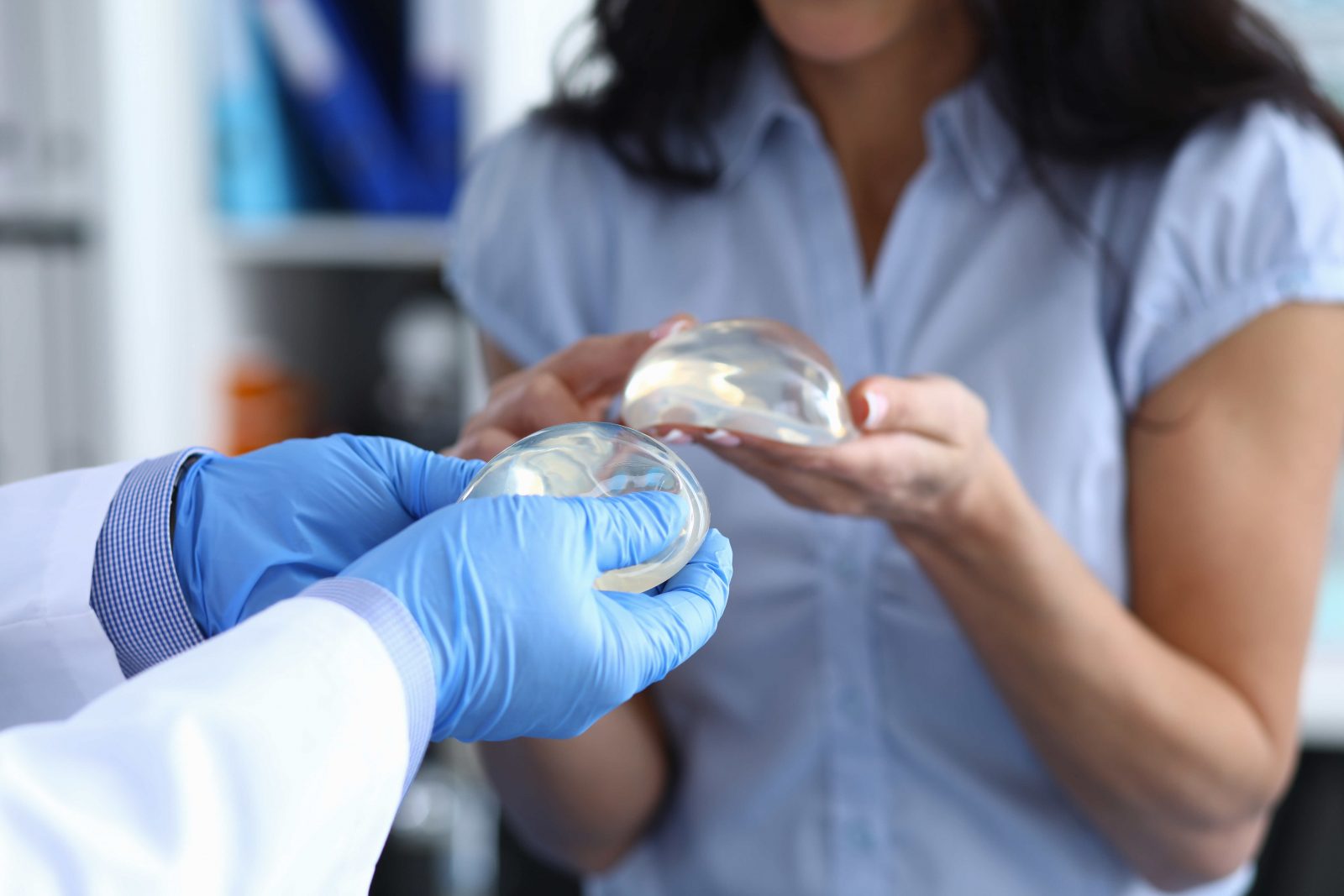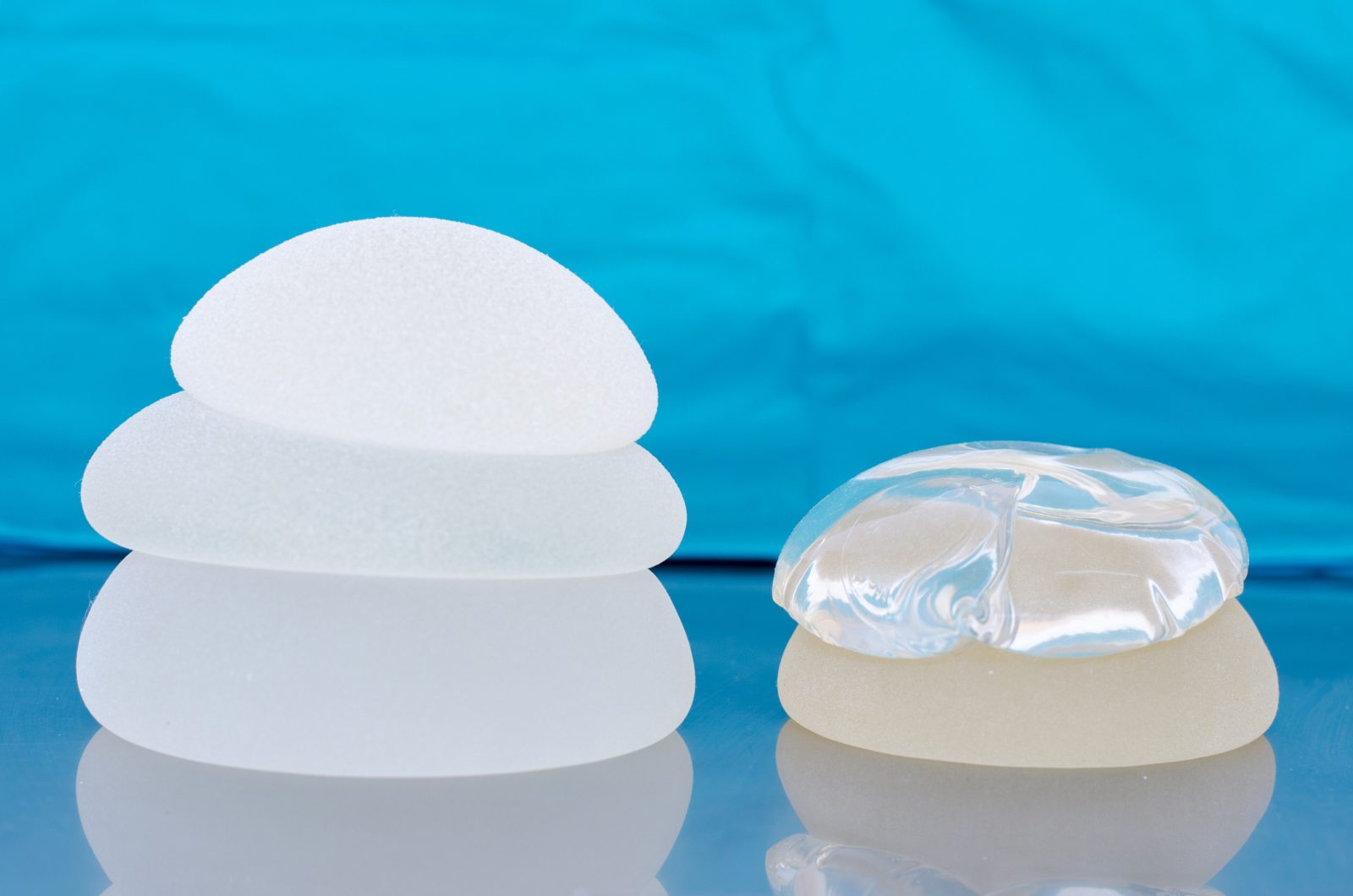Dr. Russell Babbitt is a Plastic Surgeon in private practice in Southeastern Massachusetts and is certified by The American Board of Plastic Surgery. He offers the full scope of plastic surgery of the breast, body, and face, with a special interest in complex aesthetic breast surgery and revision aesthetic breast surgery. After receiving his Medical Degree from the University of Massachusetts in 2003, he continued at UMass Medical Center for internship and residency in General Surgery and completed his fellowship in Plastic and Reconstructive Surgery there in 2010. In addition to his clinical experience, Dr. Babbitt has done research in the areas of microsurgery, human anatomy, limb reconstruction, complex models of wound healing, and abdominal wall reconstruction. He is currently an officer for the New England Society of Plastic Surgeons.
 Photo Credit: Shutterstock
Photo Credit: Shutterstock
Breast augmentation has been the most popular cosmetic surgery in the United States for the past few years. With this procedure, you have the option of choosing between saline or silicone implants. To understand the distinct advantages of each implant, Haute Beauty expert Dr. Russell Babbitt dives into the differences. Here is what he had to say:
The difference between silicone and saline?
In a breast augmentation procedure, saline or silicone breast implants are placed into pockets created during surgery behind the breasts. Augmentation changes the breast size, projection characteristics, and volume on the upper breast. Breast augmentation has incredibly high satisfaction ratings with past patients.
To decipher between silicone implants and saline implants, I’d say the main difference between them is that the silicone implant is filled with a silicone gel that gives the device a more squishy consistency, while the saline implant is still a silicone outer layer but is filled with a sterile saline (saltwater) solution at the time of surgery.
Silicone implant
Today’s silicone gel is more “cohesive,” meaning it stays together and within the shell more if the implant ruptures. Silicone gel was formerly more liquid in nature; today’s gels are more like gelatin. The consensus is that silicone implants feel more like natural breast tissue when compared with saline implants.
Saline implant
Unlike silicone implants, which are filled at the factory, saline implants are placed into the breast pocket empty and are then filled in place. This allows these implants to be placed through smaller incisions. It also allows some flexibility with size.
The benefits of each?
Both types of implants can achieve a very natural and beautiful result if done properly and on the appropriate patients. That being said, silicone implants feel more like natural breast tissue. I explain to patients that if the way the implant feels is the most important factor for you, silicone does give a more natural feel.
 Photo Credit: Shutterstock
Photo Credit: Shutterstock
On the other hand, saline implants are typically less expensive and can usually be placed through a smaller incision. In addition, probably the biggest advantage of a saline implant is that if the device leaks you know immediately because the implant shrinks. Silicone implant leakage is impossible to detect without an MRI or an ultrasound to check. Sometimes patients are put off by the uncertainty of this, and for them, saline is often the better choice.
There is a third type of implant called the Ideal Implant, which is a structured saline implant. The Ideal Implant comes closer to the result you can get with silicone but is still filled with saline so you have the benefit of knowing if the implant is leaking. Many patients choose this as a nice “middle of the road” option. These implants provide the security of saline solution (in case of rupture), but they feel more natural, like silicone implants. Plus, unlike regular saline implants, they don’t have the same problems with wrinkling and folding.
What happens if an implant ruptures?
An obvious disadvantage of silicone implants is if the implant ruptures. This can allow some of the silicone gel to leak into the breast pocket that was created to hold the implant. When this happens, the patient doesn’t usually know, as the implant retains its shape. The leak will not usually show up on a mammogram, and as mentioned, an MRI is the best test available currently to check for ruptured implants. The ruptured implant and any leaked gel will need to be removed and the implant replaced.
If a saline implant ruptures, the body simply absorbs the saltwater. But when this happens the implant will fully deflate, leaving the patient with one flattened breast. And, while the saline will be absorbed, the ruptured shell will still need to be surgically removed and replaced.
Are the results different?
From a visual perspective, a skilled surgeon should be able to achieve beautiful results regardless of the implant a patient chooses, and furthermore, I think it is very important that your surgeon takes the time to educate you enough that you can choose the type of implant that is best for you. Your surgeon should have the knowledge and experience to account for the unique characteristics of each patient in terms of their goals and also their anatomy. If a patient has very little of their own tissue all implants may be more prone to visible rippling, and with saline implants, it may be more pronounced. It is important for a surgeon to explain that to a patient upfront and to be able to educate patients in terms of the potential downsides of each device.
For more information, visit Dr. Brian A. Levine's social media:

























